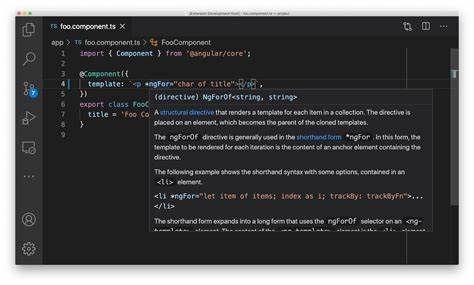Table of Contents
Introduction:
Angular is a powerful front-end framework that is widely used for building Single Page Applications (SPAs) and complex web applications. It is an open-source framework developed and maintained by Google, and it has gained a lot of popularity among web developers due to its robust features, scalability, and versatility.
In this comprehensive guide, we will be exploring Angular from the ground up, starting with its basic concepts and gradually building up to more advanced topics. By the end of this guide, you will have a good understanding of Angular and its components, and you will be able to build your own web applications with Angular.

Basic Concepts:
Before diving into Angular, it is important to have a basic understanding of its core concepts. Angular is based on the component-based architecture, where the application is divided into smaller, reusable components. Each component is responsible for a specific task, and they can be combined to create complex applications.
Angular uses TypeScript, a statically typed programming language that is a superset of JavaScript, as its primary language. TypeScript provides a number of benefits, such as improved type safety, better code organization, and increased developer productivity.
Angular also makes use of reactive programming, a paradigm that is based on the idea of reactive data streams. Angular uses the RxJS library for implementing reactive programming, and it provides a number of powerful tools for dealing with asynchronous data and event handling.
Getting Started with the CLI:
One of the key features of Angular is its Command Line Interface (CLI), which makes it easy to create, test, and deploy Angular applications. The CLI provides a number of helpful commands for performing various tasks, such as creating new components, testing the application, and deploying it to production.
To get started with the CLI, you need to install Node.js and npm on your computer. Once you have installed Node.js, you can install the Angular CLI by running the following command in your terminal:
javaCopy codenpm install -g @angular/cli
With the CLI installed, you can now create a new Angular project by running the following command:
javascriptCopy codeng new project-name
This will create a new Angular project with the specified name, and it will also install all the necessary dependencies.
Components and Directives:
Components are the building blocks of Angular applications, and they are responsible for rendering the UI and managing the data. A component consists of a template, a class, and metadata, and it can also have its own inputs, outputs, and services.
Directives are special attributes that are added to HTML elements, and they are used for modifying the behavior and appearance of elements. Angular provides a number of built-in directives, such as ngIf, ngFor, and ngClass, and you can also create custom directives if you need to.
Routing:
Routing is an important aspect of Angular applications, as it allows you to navigate between different pages and components. Angular provides a powerful routing system that makes it easy to define and manage routes, and it also provides support for lazy loading, which can improve the performance of your application.
To use routing in your Angular application, you need to define your routes

Advantage of Angular:
Angular is a popular open-source JavaScript framework for building web applications. It was developed by Google and has been widely adopted by developers due to its powerful features and benefits. Here are some of the key advantages of Angular:
- Modular Architecture: Angular uses a modular architecture, which allows developers to split the application into smaller, reusable components. This makes it easier to develop, maintain and test the application.
- Two-way Data Binding: Angular provides two-way data binding, which means that changes made in the model are automatically reflected in the view and vice versa. This makes it easier to manage the application’s state and reduces the amount of boilerplate code that needs to be written.
- Dependency Injection: Angular uses dependency injection, which makes it easier to manage the dependencies of the components in the application. It also makes it easier to test the application, since dependencies can be easily mocked.
- TypeScript: Angular is written in TypeScript, which is a statically typed superset of JavaScript. TypeScript provides many benefits over regular JavaScript, including improved code quality, better performance and improved tooling.
- Reactive Programming: Angular uses reactive programming, which makes it easier to build reactive, fast and efficient applications. Reactive programming helps to manage the flow of data and ensures that the application is always in sync with the current state of the data.
- Templates: Angular uses HTML templates, which makes it easy for developers to define the structure and layout of the application. The templates can also be easily styled using CSS, making it easy to create visually appealing applications.
- CLI: Angular provides a Command Line Interface (CLI) that makes it easy to create, build and test applications. The CLI also provides tools for generating components, services and other elements of the application.
- Large Community: Angular has a large and active community of developers, which provides support, tutorials and other resources for building applications. This makes it easy to find help when needed and helps to ensure that the framework continues to evolve and improve.
- Performance: Angular is designed to be fast and efficient, with features such as lazy loading and ahead-of-time (AOT) compiling. This makes it possible to build applications that perform well, even on low-end devices.
- Universal: Angular can be used to build server-side and client-side applications, making it possible to create universal applications that run seamlessly on both the client and the server.
In conclusion:
Angular is a powerful and versatile framework that makes it easy to build high-quality, feature-rich web applications. With its modular architecture, two-way data binding, dependency injection, TypeScript, reactive programming and other features, Angular provides a comprehensive solution for building web applications. Additionally, with its large community of developers and its CLI, Angular makes it easy to get started and to find help when needed.

